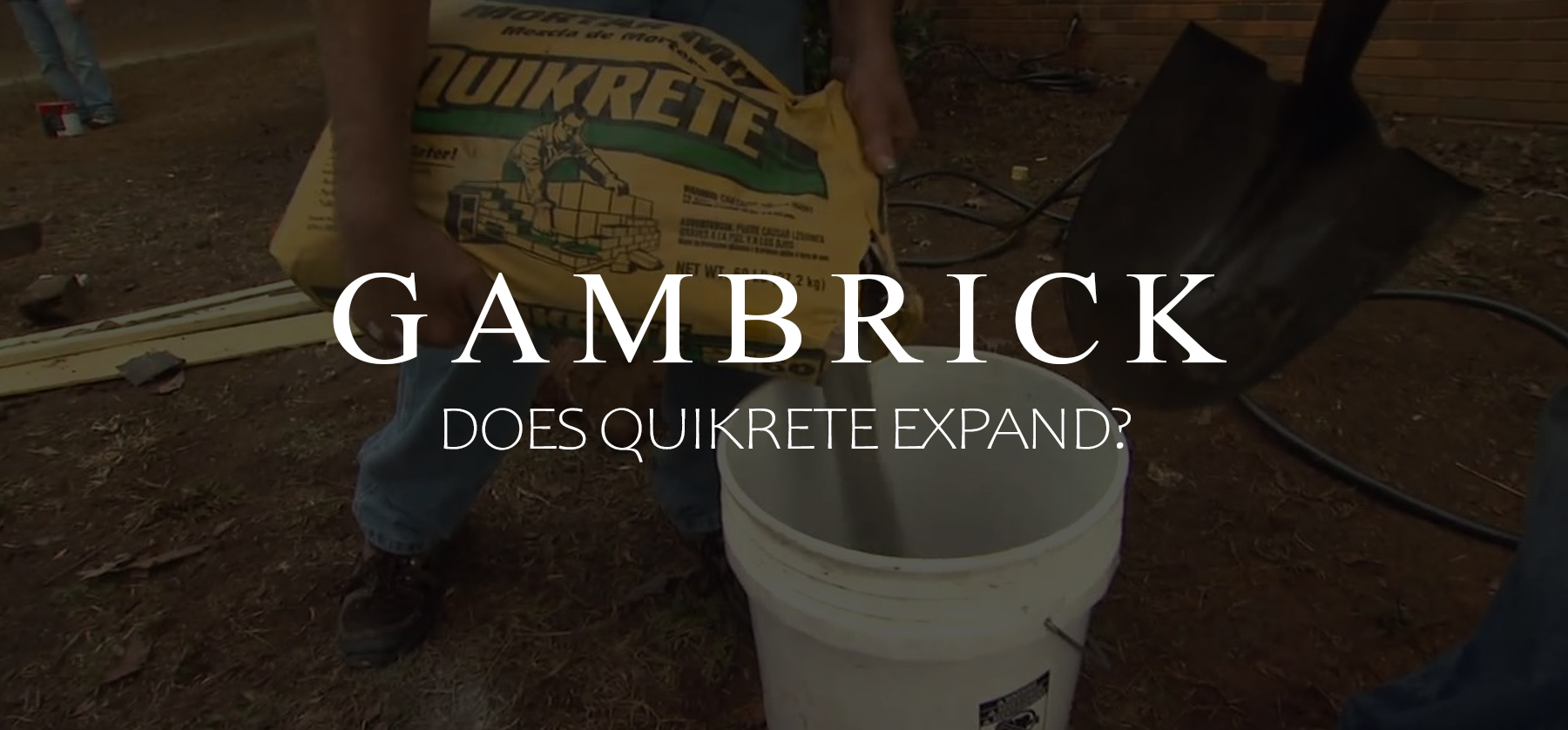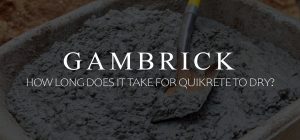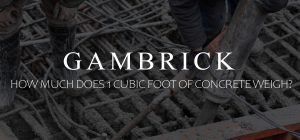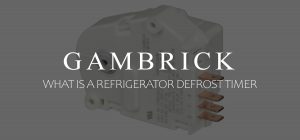Does Quikrete Expand?
You may be surprised to find out that Quikrete concrete does expand and contract. However, this expansion and contraction is generally minimal and perfectly normal. There are two main reasons this occurs. Quikrete, and all other forms of concrete, are very porous and absorb water like a sponge. This absorption can cause some minor expansion that then reverses as the water evaporates. Concrete also absorbs lots of heat which causes it to expand and then contract as it cools. This is called the freeze/thaw cycle. In some cases expansion and contraction due to the freeze/thaw cycle can cause cracks which get worse over time.
It’s because of concrete’s ability to expand and contract that we need expansion joints and control joints. Bridges, buildings, patios, sidewalks and just about every other concrete structure uses them. Expansion and contraction means movement, which is bad for a rigid structure like concrete. Expansion joints are filled with a soft flt like material that provides a place for concrete to move. Control joints are cuts strategically placed in a concrete slab which allow for cracks. If the concrete needs to crack, it should happen along a control joint. Without these features, concrete slabs could expand into each other and an eventually break.
To prevent expansion due to moisture absorption we seal the concrete. A good sealer locks water out which prevents absorption and therefore expansion. Moisture expansion isn’t typically as big a problem as the freeze/thaw cycle but it’s still an issue. Especially if water penetrates into preexisting cracks and then freezes.
How Much Can Quikrete Concrete Expand?
The most common cause of Quikrete concrete expansion is heat. Concrete absorbs and stores heat which causes it to expand. When the concrete cools down it contracts. So how much can concrete expand and contract?
When exposed to a significant temperature differential, such as winter and summer, a 100 foot slab of concrete can expand up to 3/4 of an inch. This is typically called the freeze/thaw cycle. Control joints and expansion joints should be placed into your concrete structure to allow for this movement. If you don;t include them, the movement can cause cracks in the concrete or surrounding structures.
Expanding concrete creates a lot of pressure. If the concrete is expanding, or pressing, against something else that’s also rigid, one or the other may give. Although concrete is very strong it’ not indestructible and can easily crack.
Have you ever looked at a patio or sidewalk and wondered what those cuts were for? Some may have even been filled with a black felt like material. The cuts are called control joints. If the concrete cracks, it’ll happen along a control joint because they’re already pre-cut and easy to break. That black felt is an expansion joint. They’re soft and allow for some movement while still filling the gap between two concrete slabs. Without the expansion joint felt there would just be a hole between two slabs where weeds or dirt could collect.
Quikrete Shrinks As It Dries
Although it’s common knowledge in the building industry that Quikrete concrete expands an contracts, there’s still some debate on the subject.
When Quikrete concrete dries, it shrinks and undergoes structural alterations that make some of the shrinkage irreversible. Even if it absorbs water or gets hot, the initial drying shrinkage isn’t fully reversed. Because of this, once a concrete slab has dried it never gets larger than its initial volume unless there’s a forced expansion such as one caused by reactive aggregates.
In other words, Quikrete concrete does expand and contract, but never more than it’s original wet volume unless forced too. This is very minimal however, most people that pour wet concrete don’t even realize its shrinking as it dries. The amount of movement we’re talking about is very small. However, it is still there and should be dealt with by using expansion joints and a good quality sealer.
Summary: Does Quikrete Expand?
You may be surprised to find out that Quikrete concrete does expand and contract. However, this expansion and contraction is generally minimal and perfectly normal. There are two main reasons this occurs. Quikrete, and all other forms of concrete, are very porous and absorb water like a sponge. This absorption can cause some minor expansion that then reverses as the water evaporates. Concrete also absorbs lots of heat which causes it to expand and then contract as it cools. This is called the freeze/thaw cycle. In some cases expansion and contraction due to the freeze/thaw cycle can cause cracks which get worse over time.
It’s because of concrete’s ability to expand and contract that we need expansion joints and control joints. Bridges, buildings, patios, sidewalks and just about every other concrete structure uses them. Expansion and contraction means movement, which is bad for a rigid structure like concrete. Expansion joints are filled with a soft flt like material that provides a place for concrete to move. Control joints are cuts strategically placed in a concrete slab which allow for cracks. If the concrete needs to crack, it should happen along a control joint. Without these features, concrete slabs could expand into each other and an eventually break.
To prevent expansion due to moisture absorption we seal the concrete. A good sealer locks water out which prevents absorption and therefore expansion. Moisture expansion isn’t typically as big a problem as the freeze/thaw cycle but it’s still an issue. Especially if water penetrates into preexisting cracks and then freezes.
If you have any questions or comments about concrete expansion E-mail any time.





















